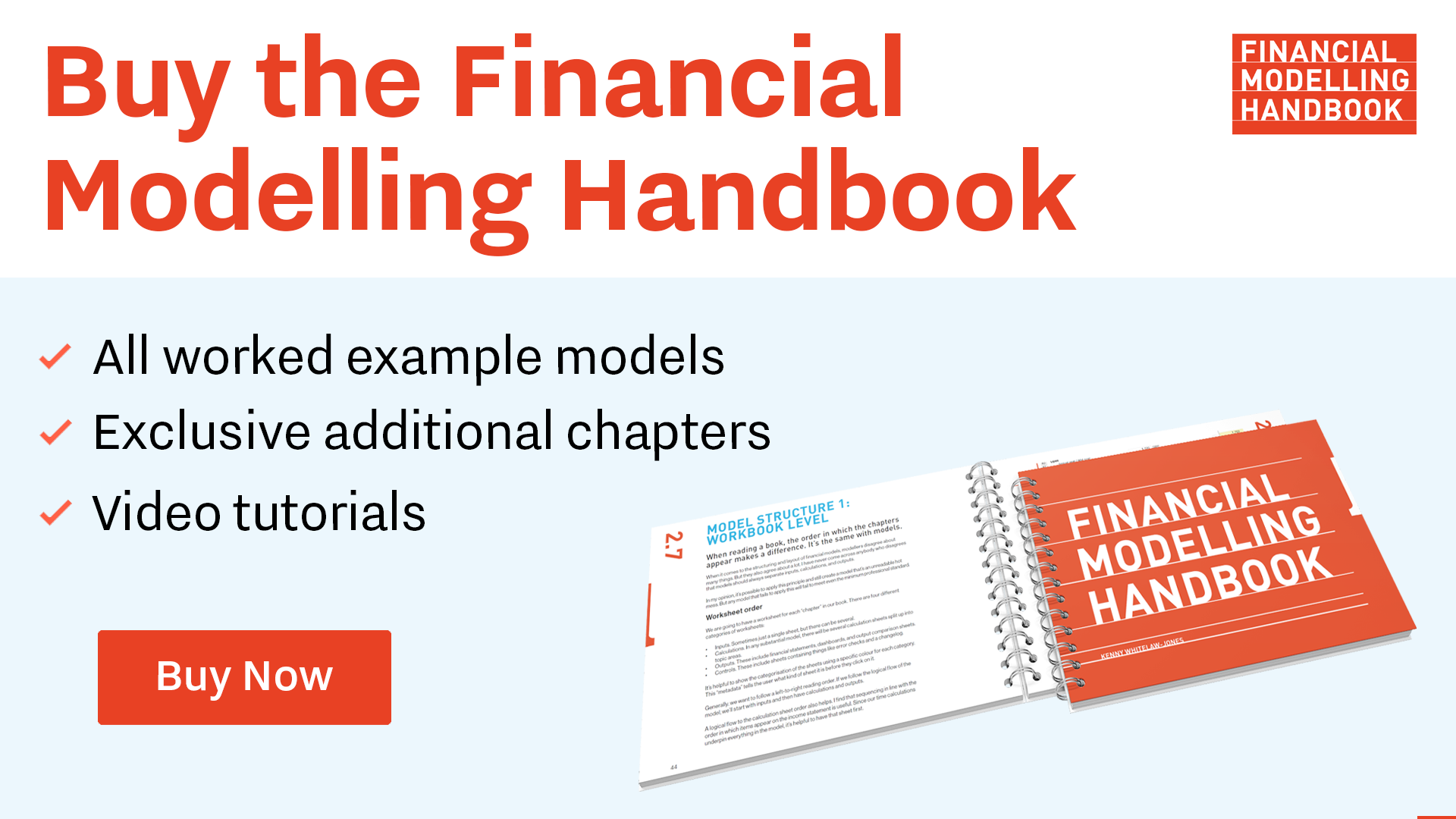Tools, structure & workflows - the three parts of your modelling system.
"If you can't describe what you're doing as a process, you don't know what you're doing." - W. Edwards Deming
If you want to be really efficient at modelling, you need a coherent, repeatable, improvable system.
In my experience, there are three elements that make up a financial modelling system and they are inextricable linked:
- The tool that you use to build your model;
- The structure of the model that you build using that tool;
- The workflows that you use within that structure.
The tool determines the structure
The tool that you use plays a part in determining the structure of the model.
The tool that we are using at the moment to build models is Microsoft Excel.
There are a lot of new modelling tools coming onto the market, and I expect this space to continue to explode with options. For the purposes of this volume of the Handbook, we will be sticking to Excel.
We are going to talk about Excel in this book, but this is not a book about Excel.
There are, however, certain features of Excel that cause us to structure our models in certain ways.
Knowing a lot about the features of Microsoft Word does not make you a good writer. Similarly, knowing a lot about Excel does not make you a good financial modeller.
Many of the books already out there on financial modelling spend 2/3rds of the book talking about Excel functions.
Functions are important. But functions are not modelling.
The structure determines the workflow
Your workflow is the process steps you repeat while building your model. The structure of your model will dictate the workflows that you can deploy within it. If you want a smooth and easy workflow, you'll need a good structure.
In this book, I have broken these steps down into a series of simple, learnable skills. By doing them the same way each time, with repetition, you will be able to increase your modelling efficiency
Many of the books I've read about financial modelling don't focus on structure and workflow. And who can blame them? These are not particularly sexy topics.
But I believe they are crucial.
If we want an efficient workflow, we have to design for it.
I've structured this book around those concepts:
- Part 2 of the book deals with the structure of your model.
- Part 3 breaks down the process of building your model into a series of learnable skills that form your workflow.
Once you've been through both of those sections and practised for yourself you’ll grasp how all the pieces fit together. So please give it time.

Comments
Sign in or become a Financial Modelling Handbook member to join the conversation.
Just enter your email below to get a log in link.